The ‘active approach’ and more….
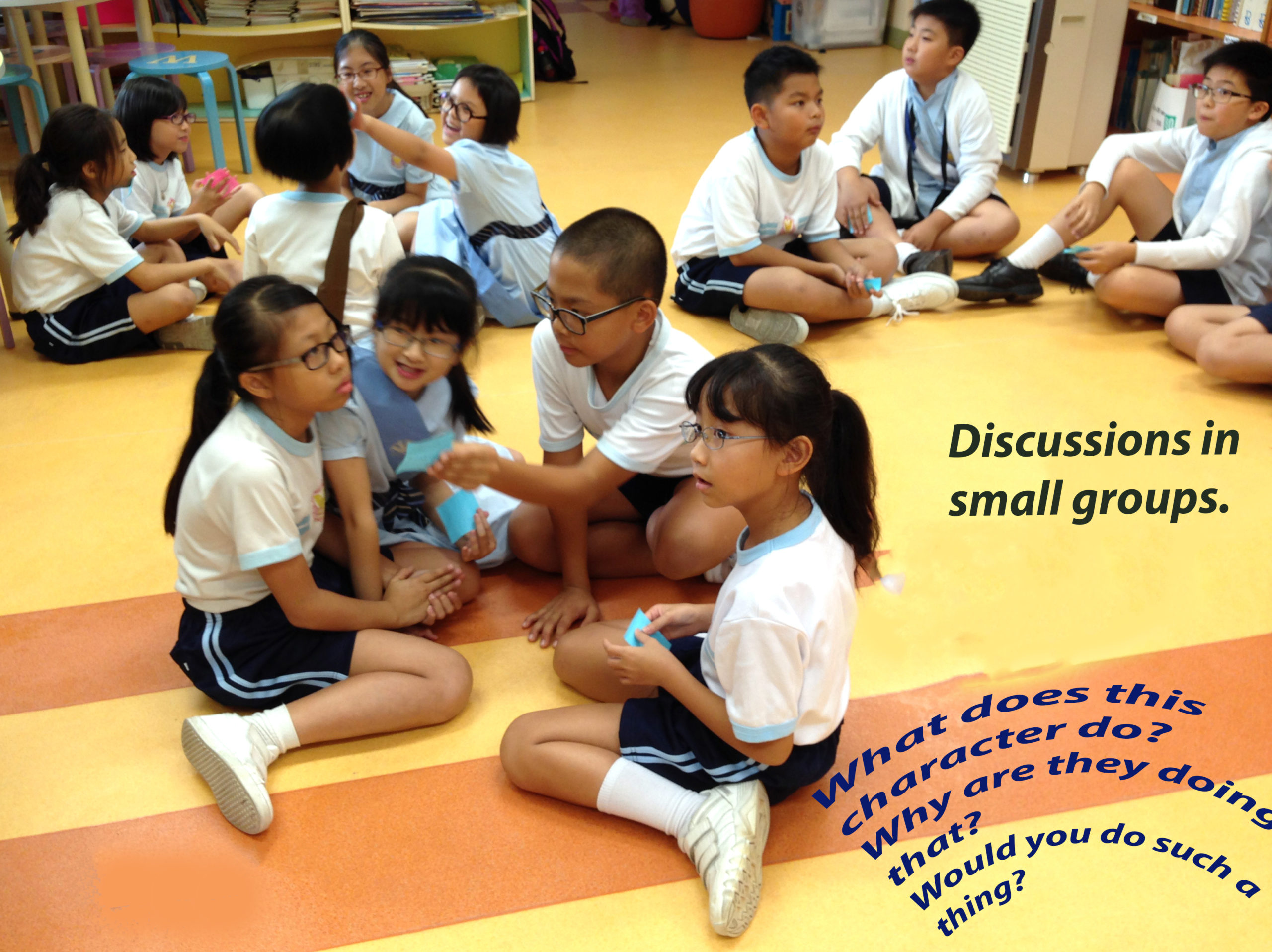
Discussion
Sometimes, we include discussions about charactermotovation and plot. It’s important that the students can ask questions, and discuss the answers with their peers and the teacher.
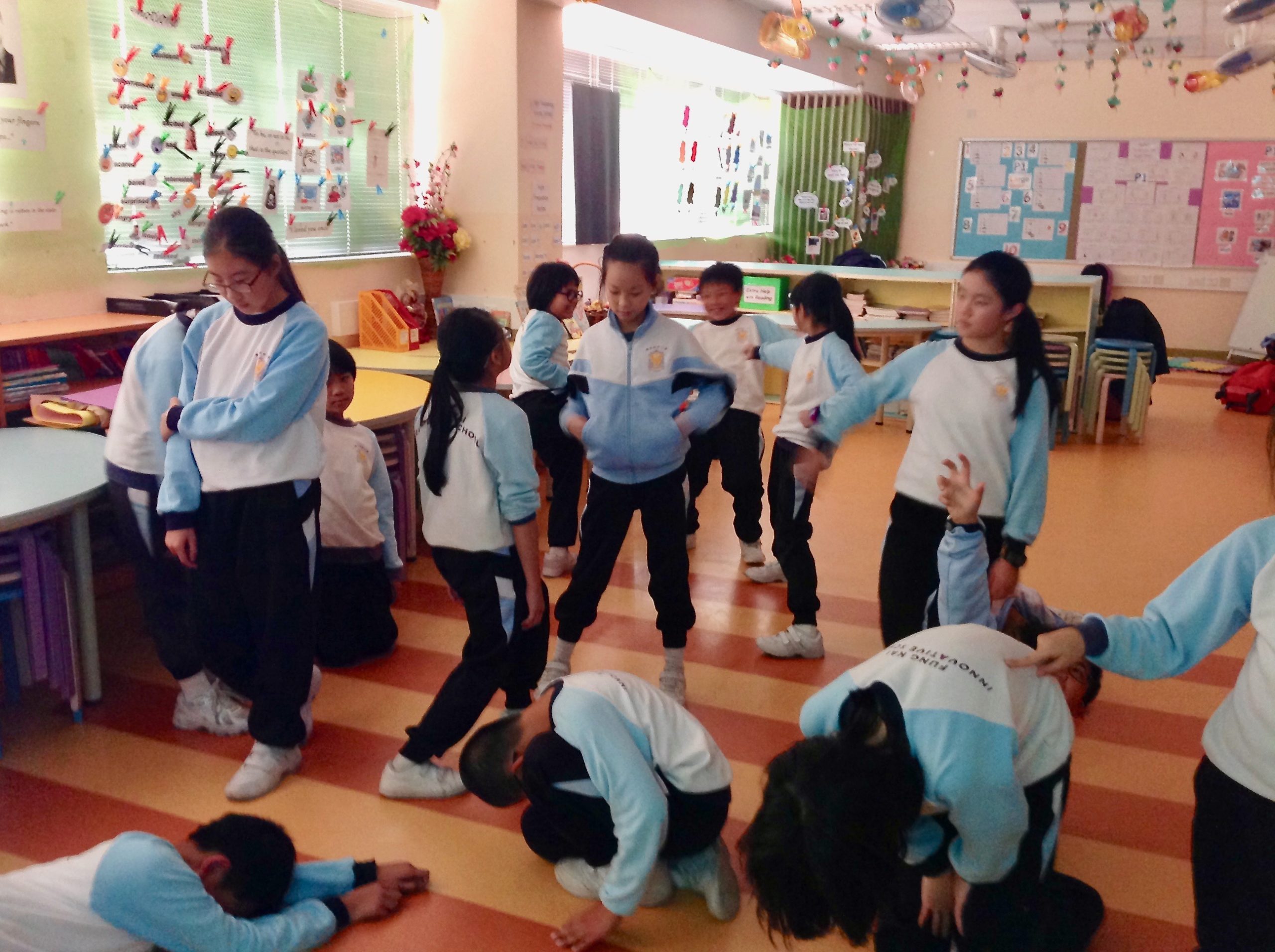
Give me a sad and angry prince
Students walk around the room (‘ensemble walk’), silently. When one student decides to stop, the others have to stop as well. One starts to walk, and the others follow. Weh the students are concentrating, this activitiy can be extended. The teacher might say: give me a….
Some other drama conventions we use:
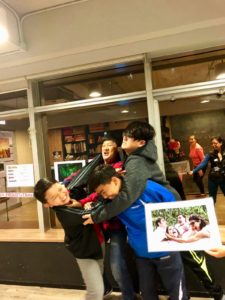
Freeze frame
Above is a freeze frames of the lovers in A Midsummer Night’s dream. The ages of the students ranges from 9-14.
The ‘freeze frame’ in the picture has been ‘copied’ from a photograph of a previous production of a well known UK theatre company
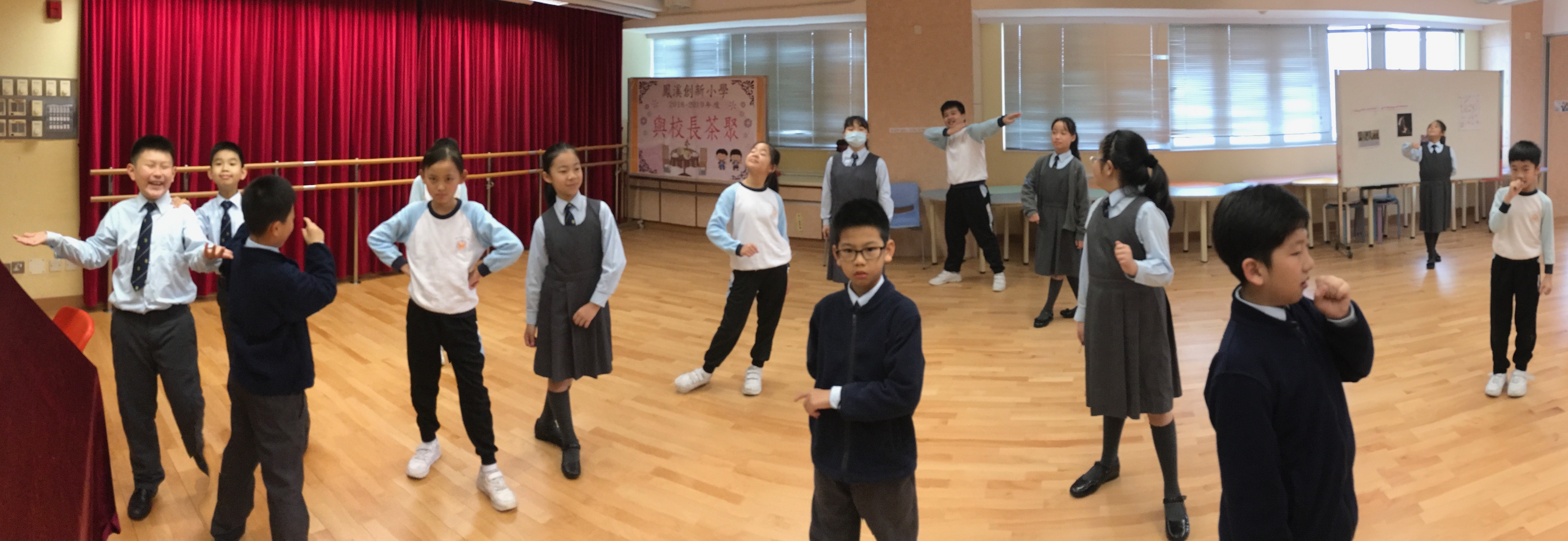
Character walk
Character walk is an extension of what we call ‘ensemble walk’. The students walk silently, without touching , but observing other students in total concentration. Someone starts walking (Teacher does not prompt the action); other students copy the action.
The teacher can then extends the activity by asking the students to choose a character from the play being ‘studied’. Someone stops; everyone else must stop and freeze too.
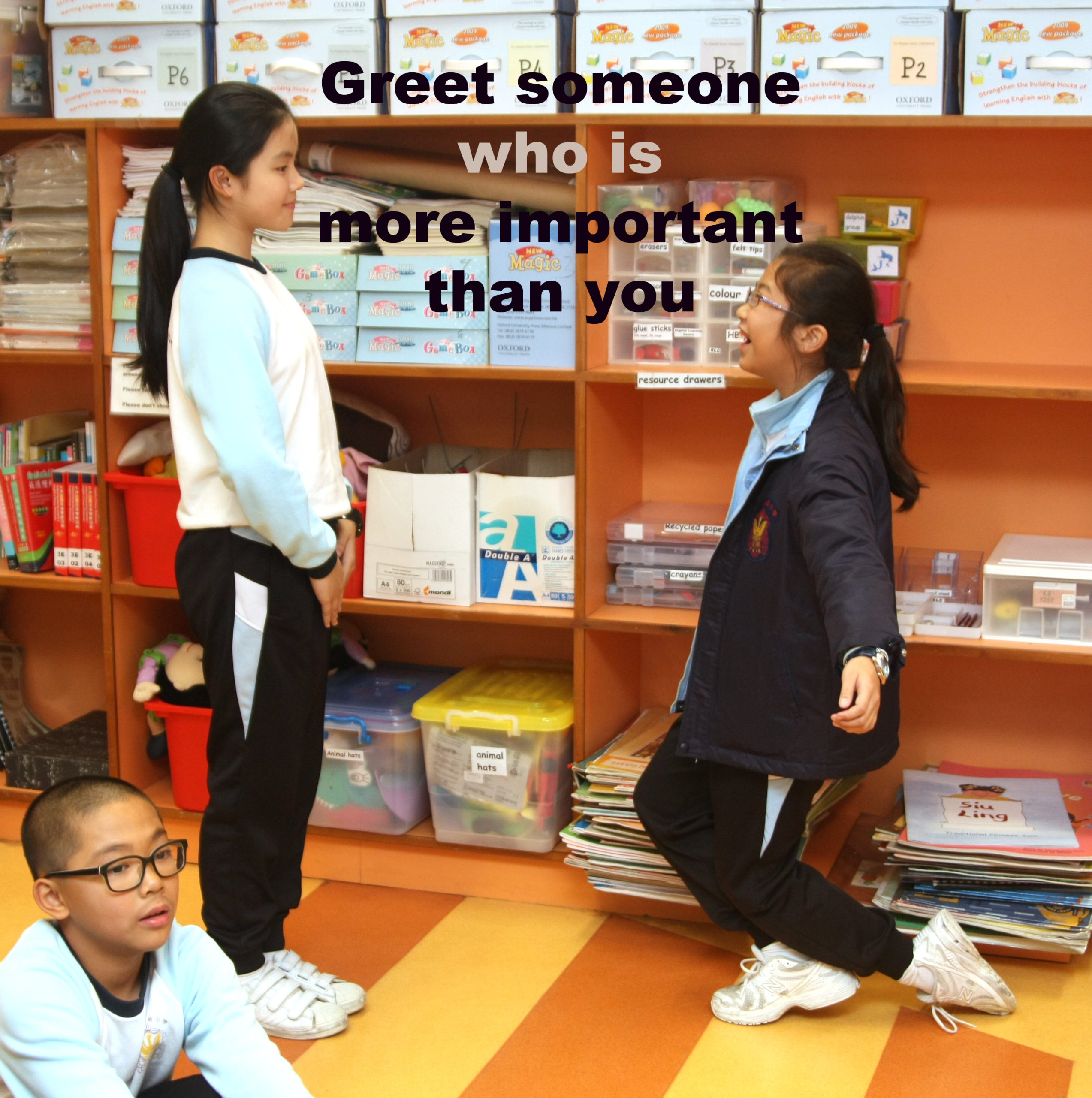
Understanding Status
Another possible extension of ‘Ensemble walk’. This time, focussing on status; this is important, as it adds to the understanding of different characters and their relationship to each other. The students are not told how to respond to each other, but the teacher might give clues like: ‘greet a queen’, or ‘greet your principal’. Allow some discussion, but try and keep the activity spontaneous.
